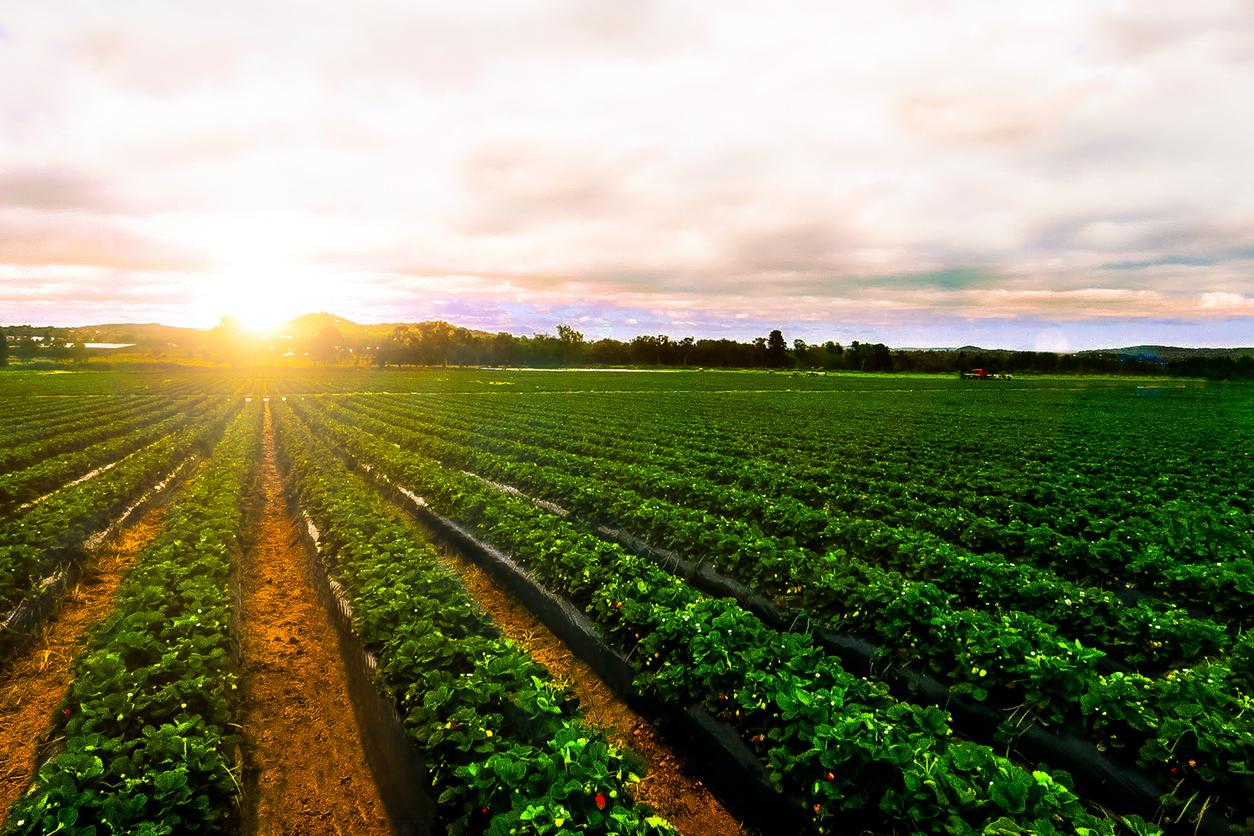In this episode from BMO’s IN Tune Podcast, host Camilla Sutton is joined by Kelly Bania, Joel Jackson, Doug Morrow and Andrew Strelzik to discuss the takeaways from BMO’s 19th Annual Farm to Market Conference and stretches across the food and agriculture value chain. Subscribe to listen to other IN Tune episodes.
Markets Plus is live on all major channels, including Apple and Spotify.
